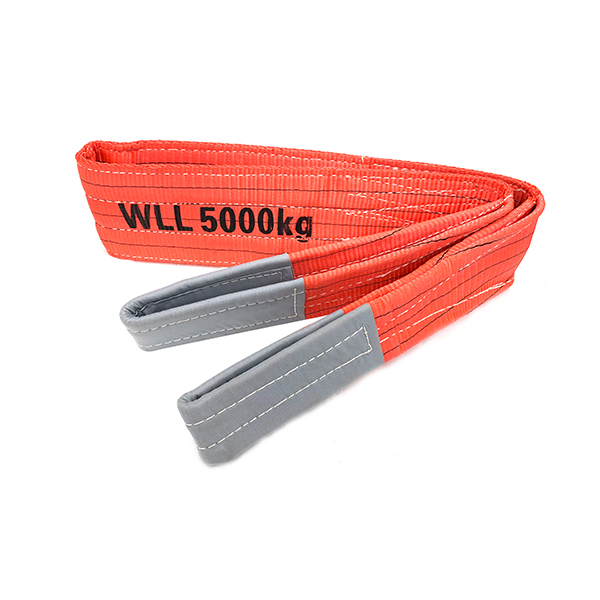What are the stitching styles of binding belt webbing
The production Polyester Flat Webbing Sling process of the binding device is the process of sewing the ratchet wheel and the hook with the binding belt. In this process, it is the sewing process that affects the use ability of the binding device. When the suture thread is stitched to the tensioner strap, the line style determines the rated load of the strap and the breaking force of the strap. However, these important information can only be obtained from the tightener manufacturer, and accurate data can be obtained through the strap tension test machine.

Therefore, for the sake of choosing the tensioner before using it, you must choose the common stitching style of the tensioner strap on the market. The tightening device needs to be fixed before packaging after the production is completed, and the effective and reasonable binding and fixing of the tensioner can not only make the packaging very simple, but also ensure that the binding belt is not subject to friction and damage during transportation. At present, most of the tensioner manufacturers use strapping for fixing, and only need to configure the strapping machine, which saves time and effort, but the investment cost is a bit high.
The rubber band fixed tensioner is a common packaging method recently. It is mainly used for binding straps below 5 cm, because once the size of the binding strap is larger than 5 cm, the rubber band cannot withstand the tensioner strap winding belt It’s hard to complete the fixed work. The advantages of using a rubber band to fix the tightening device are embodied in that it is simple and convenient to disassemble during use, the rubber band is easy to operate, and the investment cost is low.
Its disadvantages are that it is easy to fall off compared to the rubber bands of the straps, and the straps of the lifting strap and the metal fittings are easily displaced during long-distance transportation. The tensioner strap is scrapped. At present, the stitching of the tightening device on the market is mostly carried out along the direction of the diameter of the sling webbing. The purpose of this operation is to ensure that the binding belt is not obstructed by the stitching when it is stressed. The radial direction suture tensioner is a suture process with greater tensile force selected by the manufacturer among countless suture methods, which can effectively increase the coefficient of the tension belt and make the binding operation even more.

 简体中文
简体中文 English
English Deutsch
Deutsch